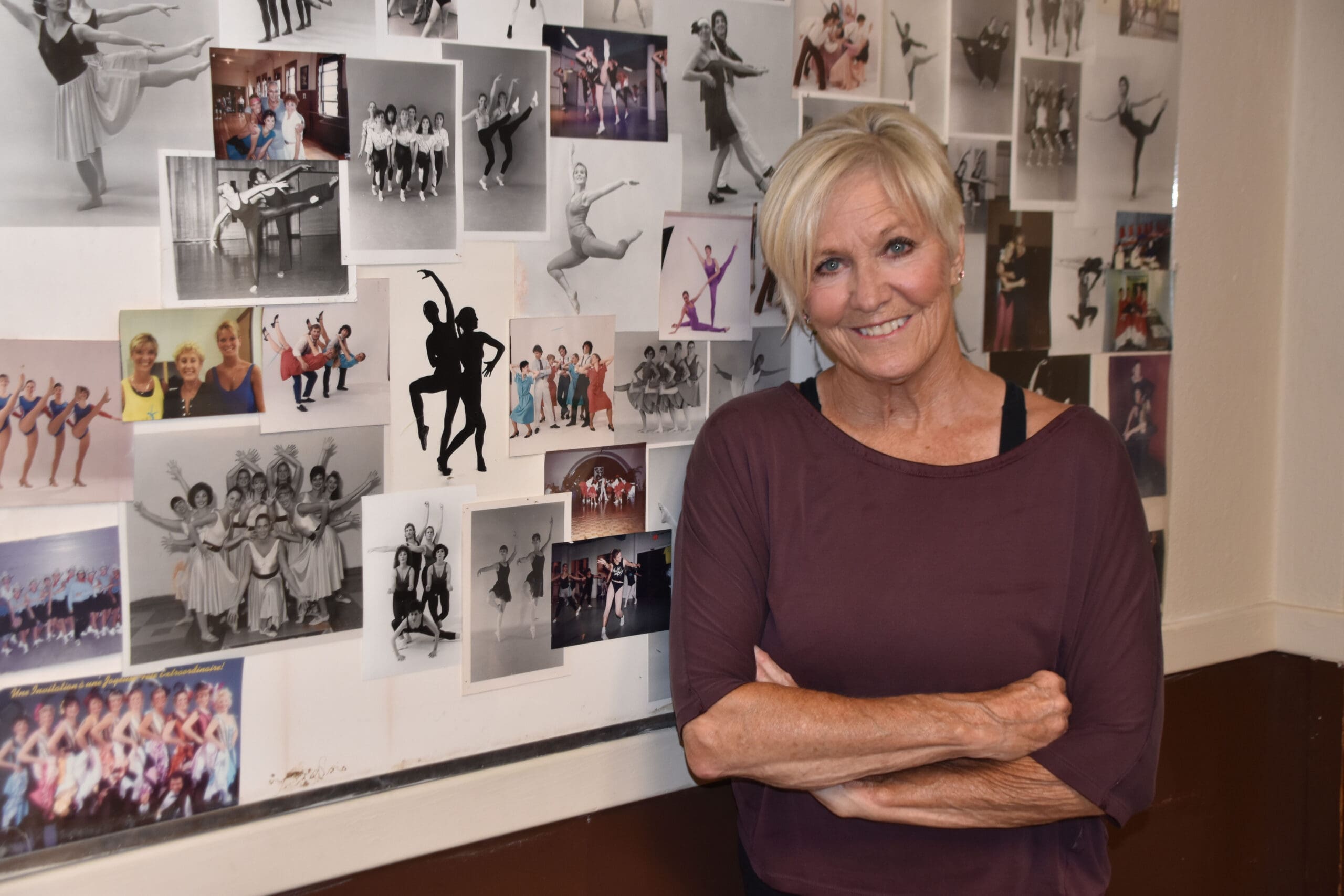By Kristy Smorol
February is one of my favorite months of the year. It’s American Heart Month! As a marketing and communications director for the American Heart Association, I spend my February days wearing red, talking about heart health, and reminding women that heart disease is their biggest health threat.
This February is a little different. I’m not just talking about how to prevent heart disease. I’m also talking a lot about what to do in a cardiac emergency. On Jan. 2, I watched Buffalo Bills safety Damar Hamlin collapse on the field. The world watched as he received CPR for several minutes before an ambulance took him away. We all waited for news and we all cheered when we heard about his incredible recovery.
The American Heart Association encourages everyone to learn the lifesaving skill of Hands-Only CPR, but I have never seen an interest in CPR like I saw in the days following Hamlin’s collapse. Nationally, we saw a 200 percent increase in traffic to our CPR website. I spoke to dozens of media outlets around Central and Western New York about educating the community on how to perform CPR and how to use an automatic external defibrillator (AED).
When my 5-year-old son asks me what my job is, I always tell him I help people keep their hearts healthy. After all, it’s not easy to explain to a child what a marketing and communications director is. The days and weeks after that Monday Night Football game were some of the toughest I’ve had at this job, but also some of the most rewarding. While we all wish Hamlin had never collapsed, it’s been inspiring to see such a positive reaction. I am certain lives will be saved in the future by people who learned CPR because of Damar Hamlin.
If you saw a teen or adult suddenly collapse, would you know what to do? There are about 350,000 out-of-hospital cardiac arrests each year in the U.S. and, unfortunately, about 90 percent of them don’t make it. CPR, especially if performed immediately, can double or triple a cardiac arrest victim’s chance of survival. Women are less likely to receive CPR, partly because of fears about accusations of inappropriate touching or injuring her. Black and Hispanic people are less likely to receive bystander CPR. We should all be ready to help anyone in an emergency.
It’s important to remember that cardiac arrest is not the same thing as a heart attack. Cardiac arrest is an electrical problem. The heart stops beating unexpectedly. A heart attack is a circulation problem. Blood flow to the heart is blocked and the heart muscle starts to die if the blocked artery is not reopened. Heart attacks are a common cause of cardiac arrest, but they are not the same thing.
This February, the American Heart Association wants you to Be The Beat for someone you love. Learn Hands-Only CPR and you can be the difference to keep that heart beating. Hands-Only CPR is two steps: 1) Call 911 and 2) Push hard and fast in the center of the chest until help arrives. If other people are in the area, assign someone to call 911. If you are out in public, assign someone to find the nearest AED. Immediate CPR and AED use helped save Damar Hamlin’s life. You have the power in your hands to save someone else’s. Learn more about CPR, find a certification course near you, or take one minute to watch a Hands-Only CPR demonstration video at www.heart.org/CPR. Be The Beat and save a life.
Editor’s note: Kristy Smorol is the communications director for the American Heart Association of Central and Western New York.





